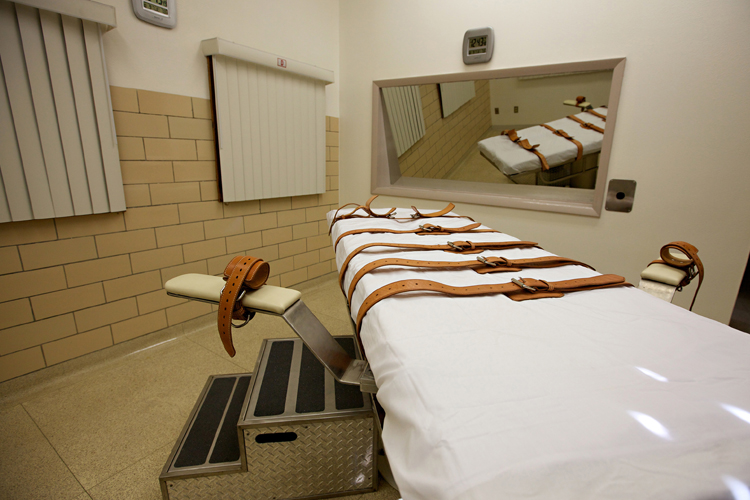A review of death penalty convictions by the federal government has turned up 27 instances in which “exaggerated scientific testimony” from FBI forensics experts may have played a role. It’s unclear how many times such testimony led to false convictions or could nullify correct convictions the Washington Post reports. However the assessment did lead to a last minute stay of execution in May.
The testimony is the “once-widespread practice” where experts said that hair found at crime scenes could be used to identify suspects:
Since at least the 1970s, written FBI Laboratory reports typically stated that a hair association could not be used as positive identification. However, on the witness stand, several agents for years went beyond the science and testified that their hair analysis was a near-certain match.
While it has long been speculated that proof of an innocent prisoner’s execution would torpedo the death penalty in this country, the evidence doesn’t necessarily back that up. For example, this article about the potentially incorrect execution of Cameron Todd in Texas has not stopped the state from continuing to execute prisoners.
FBI officials discussed the review’s scope as they prepare to disclose its first results later this summer. The death row cases are among the first 120 convictions identified as potentially problematic among more than 21,700 FBI Laboratory files being examined. The review was announced last July by the FBI and the Justice Department, in consultation with the Innocence Project and the National Association of Criminal Defense Lawyers (NACDL).
The unusual collaboration came after The Washington Post reported last year that authorities had known for years that flawed forensic work by FBI hair examiners may have led to convictions of potentially innocent people, but officials had not aggressively investigated problems or notified defendants.


